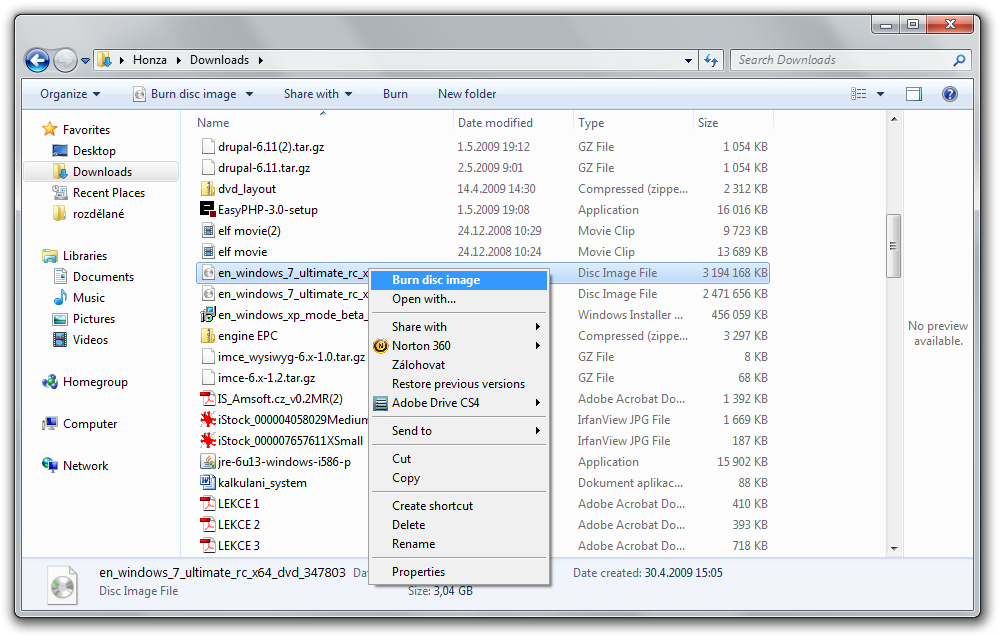
The default bar color is aqua when less than 10 percent of the storage space on a disk or device remains available, the bar color changes to red. The length of the progress bar indicates the portion of the total storage space that is in use. For each drive or device, the total storage space and available storage space are given, both as actual measurements and visually as a colored progress bar. Internal hard disk drives (those physically installed in your computer) and external hard disk drives (those connected to your computer by a cable) are shown first, followed by internal removable storage drives (floppy disk, CD, and DVD drives) and external removable storage devices (such as USB flash drives), and then storage locations you access through a network connection. The devices represented in the Computer window are divided into groups. To explore your computer’s storage system, you can use the Computer window as a convenient entry point.
Compare folders and files windows 7 windows#
You have already seen evidence of this link system with the icons on the desktop and the links on the Start menu, but links are also used in other key components of Windows 7, which we will explore here and in other topics of this book.įor more information about browsing drives and networks, See "Sharing Files on Your Network" in Chapter 3, “Manage Your Network”

Compare folders and files windows 7 windows 7#
You don’t even have to know precisely where things are stored, because Windows 7 provides a system of links that you can use to navigate directly to its settings and tools, to programs, and to certain classes of information.

However, you don’t have to browse to find the programs, tools, and information you need in your daily work. This navigation process is called browsing.

You can navigate through the folder hierarchy on each drive, displaying the contents of folders within folders until you find the file you want. For information about working with hardware, see Chapter 12, “Set Up Hardware Devices.” Windows Explorer also displays the hardware devices (such as monitors, printers, and cameras) connected to your computer-both directly and over a network.


 0 kommentar(er)
0 kommentar(er)
